How Tinder Decomposed Its iOS Monolith App Handling 70M Users
One major reason AI adoption stalls? Training. (Sponsored)
AI implementation often goes sideways due to unclear goals and a lack of a clear framework. This AI Training Checklist from You.com pinpoints common pitfalls and guides you to build a capable, confident team that can make the most out of your AI investment.
What you’ll get:
Key steps for building a successful AI training program
Guidance on overcoming employee resistance and fostering adoption
A structured worksheet to monitor progress and share across your organization
Set your AI initiatives on the right track.
Disclaimer: The details in this post have been derived from the details shared online by the Tinder Engineering Team. All credit for the technical details goes to the Tinder Engineering Team. The links to the original articles and sources are present in the references section at the end of the post. We’ve attempted to analyze the details and provide our input about them. If you find any inaccuracies or omissions, please leave a comment, and we will do our best to fix them.
Tinder’s iOS app may look simple to its millions of users, but behind that smooth experience lies a complex codebase that must evolve quickly without breaking.
Over time, as Tinder kept adding new features, its iOS codebase turned into a monolith. In other words, it became a single, massive block of code where nearly every component was intertwined with others.
At first, this kind of structure is convenient. Developers can make changes in one place, and everything compiles together. However, as the app grew, the monolith became a bottleneck. Even small code changes required lengthy builds and extensive testing because everything was connected. Ownership boundaries became blurred: when so many teams touched the same code, it was hard to know who was responsible for what. Over time, making progress felt risky because each update could easily break something unexpected.
The root of the problem lies in how iOS applications are built. Ultimately, an iOS app compiles into a single binary artifact, meaning all modules and targets must come together in one final build.
In Tinder’s case, deep inter-dependencies between those targets stretched what engineers call the critical path, which is the longest chain of dependent tasks that determines how long a build takes. Since so many components are dependent on each other, Tinder’s build system could not take full advantage of modern multi-core machines.
See the diagram below:
In simple terms, the system could not build parts of the app in parallel, forcing long waits and limiting developer productivity.
The engineering team’s goal was clear: flatten the build graph. This means simplifying and reorganizing the dependency structure so that more components can compile independently. By shortening the critical path and increasing parallelism, Tinder hoped to dramatically reduce build times and restore agility to its development workflow.
See the diagram below that tries to demonstrate this concept:
In this article, we take a detailed look at how Tinder tackled the challenge of decomposing its monolith and the challenges it faced.
Strategy: Modularizing with Compiler-Driven Planning
After identifying the core issue with the monolith, Tinder needed a methodical way to separate its massive iOS codebase into smaller, more manageable parts. Trying to do this by hand would have been extremely time-consuming and error-prone. Every file in the app was connected to many others, so removing one piece without understanding the full picture could easily break something else.
To avoid this, the Tinder engineering team decided to use the Swift Compiler that already understood how everything in the codebase was connected. Each time an iOS app is built, the compiler analyzes every file, keeping track of which files define certain functions or classes and which other files use them. These relationships are known as declarations and references.
For example, if File A defines a class and File B uses that class, the compiler knows there is a dependency from B to A. In simple terms, the compiler already has a map of how different parts of the app talk to each other. Tinder realized this built-in knowledge could be used as a blueprint for modularization.
By extracting these declarations and reference relationships, the team could build a dependency graph. This is a type of network diagram that visually represents how code files depend on each other. In this graph, each file in the app becomes a node, and each connection or dependency becomes a link (often called an edge). If File A imports something from File B, then a link is drawn from A to B.
This graph gave Tinder a clear and accurate picture of the monolith’s structure. Instead of relying on guesswork, they could now see which parts of the code were tightly coupled and which could safely be separated into independent modules.
Execution: Phased Leaf-to-Root Extraction
After building the dependency graph, Tinder needed a way to separate the monolith without breaking the app. The graph made it clear which files were independent and which were deeply connected to others.
To make progress safely, the Tinder engineering team divided the work into phases. In each phase, they moved a group of files that had the fewest dependencies. These files were known as leaf nodes in the dependency graph. A leaf node is a file that no other files rely on, which makes it much easier to move without disrupting other parts of the system.
Starting with these leaf nodes helped the team limit the blast radius, which means reducing the potential side effects of each change. Since these files were less connected, moving them first carried a lower risk of introducing build errors or breaking functionality. This approach also simplified code reviews, because each phase affected only a small and manageable part of the codebase.
Once one phase was complete and verified to build correctly, Tinder moved on to the next set of files. Each successful phase made the monolith smaller and cleaner, allowing the next steps to be faster. Over time, this created a clear sense of progress, with the app continuously improving rather than waiting for a big final milestone.
By the time they reached the fourth phase, the Tinder team had already completed more than half of the entire decomposition work. This showed that the strategy naturally tackled the simpler and more independent files first, leaving the more complex, interdependent ones for later.
What Moving a File Actually Means
Breaking a monolith into smaller modules may sound straightforward, but each “move” in the process has a ripple effect across the rest of the codebase. When the Tinder engineering team moved a file from the monolith into a new subtarget (which is essentially a separate Swift module), several adjustments had to be made to ensure the app still built and functioned correctly.
The process usually requires four main types of updates:
Dependencies: Every Swift module depends on others for certain features or utilities. When a file moves into a new module, Tinder had to update the list of module dependencies on both sides: the module receiving the file and the remaining monolith. This step ensured that each module still had access to the code it relied on.
Imports: In Swift, files use import statements to bring in functionality from other modules. When a file was moved out of the monolith, the import paths often changed. The team had to carefully update these statements wherever the file’s functions or classes were used, so everything continued to compile correctly.
Access Control: Swift limits how and where certain pieces of code can be accessed through visibility rules such as private, internal, and public. Once a file was extracted into a different module, its classes and methods were no longer visible to the rest of the app unless the team increased their access control level. This meant changing access modifiers to allow cross-module visibility, which required careful judgment to avoid exposing too much.
Dependency Injection Adjustments: The decomposition broke some of the shortcuts that had accumulated in the monolith, such as singletons or nearby function calls that assumed everything lived in the same codebase. To restore proper communication between modules, Tinder used dependency injection, a method that passes dependencies into a component rather than letting it reach out and find them on its own. This made the architecture cleaner and more modular, but required additional setup during extraction.
In practice, moving a single file often required changes to several others. On average, each file extraction involved edits to about fifteen different files across the codebase. This might include fixing imports, updating dependencies, adjusting access levels, or modifying initialization code.
While the automation tools handled much of this mechanical work, engineers still needed to review every change to ensure that the refactoring preserved behavior and followed coding standards.
The Role of Automation
Breaking down a large monolith by hand is not only slow but also highly error-prone.
For Tinder, with thousands of interconnected files, doing this work manually would have been nearly impossible within a reasonable timeframe. Each time a file was moved, engineers would have needed to rebuild the app to check for new compile errors, fix those issues, and rebuild again. The number of required builds would have grown rapidly as more files were moved, creating what engineers call a quadratic growth problem, in which the effort increases much faster than the number of files being processed.
To overcome this, the Tinder engineering team invested heavily in automation. They built tools that could perform the extraction process automatically, following the dependency graph that had already been created. These tools could:
Apply the Graph Plan in Bulk: The automation system took the planned sequence of file moves directly from the dependency graph and applied it automatically. It could move dozens of files at once, update dependencies, fix import statements, and adjust access controls without manual intervention.
Handle Merge Conflicts and Rebases Smoothly: In a large, active codebase, multiple teams commit changes every day. This can easily lead to merge conflicts, where different changes overlap in the same files. The automation system was designed to rerun cleanly after such changes. Instead of engineers fixing conflicts manually, the tool could simply replay the transformation from scratch, producing the same consistent result each time.
This automation completely changed the timeline of the project.
Tinder was able to fully decompose its iOS monolith in less than six months, whereas doing it manually was estimated to take around twelve years. The graph below shows the distribution of time spent on the decomposition effort.
The tools transformed what would have been a slow, iterative process into one that operated almost in constant time per phase, meaning each phase took roughly the same amount of effort regardless of its size.
Conclusion
Tinder’s journey from a massive iOS monolith to a modular, maintainable architecture is one of the most striking examples of how thoughtful engineering, automation, and discipline can transform development speed and reliability at scale. By relying on the compiler’s own knowledge to map dependencies, Tinder created a scientific, repeatable process for breaking the monolith apart without risking stability.
The results were remarkable.
Over 1,000 files were successfully extracted into modular targets without a single P0 incident, which means no critical production failures occurred during the entire effort.
Build times for the iOS app dropped by an impressive 78 percent, allowing engineers to iterate faster and ship new features with far greater confidence.
This technical progress was supported by a key policy shift: new files could no longer be added to the old monolith target. Instead, all new feature work had to be developed within the modular structure.
This change went beyond technology and tools. It created a cultural shift. Engineers now had fewer places to hide quick fixes or shortcuts, and higher standards of modularity, clarity, and ownership became the new normal across the team.
For other engineering organizations, Tinder’s experience offers several practical lessons.
Treat the compiler as a planner by using it to extract a file-level dependency graph and design modularization phases based on leaf removal.
Expect systematic fix-ups such as dependency updates, imports, access control changes, and dependency injection adjustments, and budget accordingly.
Automate wherever possible, since automation not only speeds up the work but also prevents errors and merge conflicts.
Finally, lock in the gains with clear policies that maintain the new modular structure and continuously measure the impact of those changes.
References:
SPONSOR US
Get your product in front of more than 1,000,000 tech professionals.
Our newsletter puts your products and services directly in front of an audience that matters - hundreds of thousands of engineering leaders and senior engineers - who have influence over significant tech decisions and big purchases.
Space Fills Up Fast - Reserve Today
Ad spots typically sell out about 4 weeks in advance. To ensure your ad reaches this influential audience, reserve your space now by emailing sponsorship@bytebytego.com.



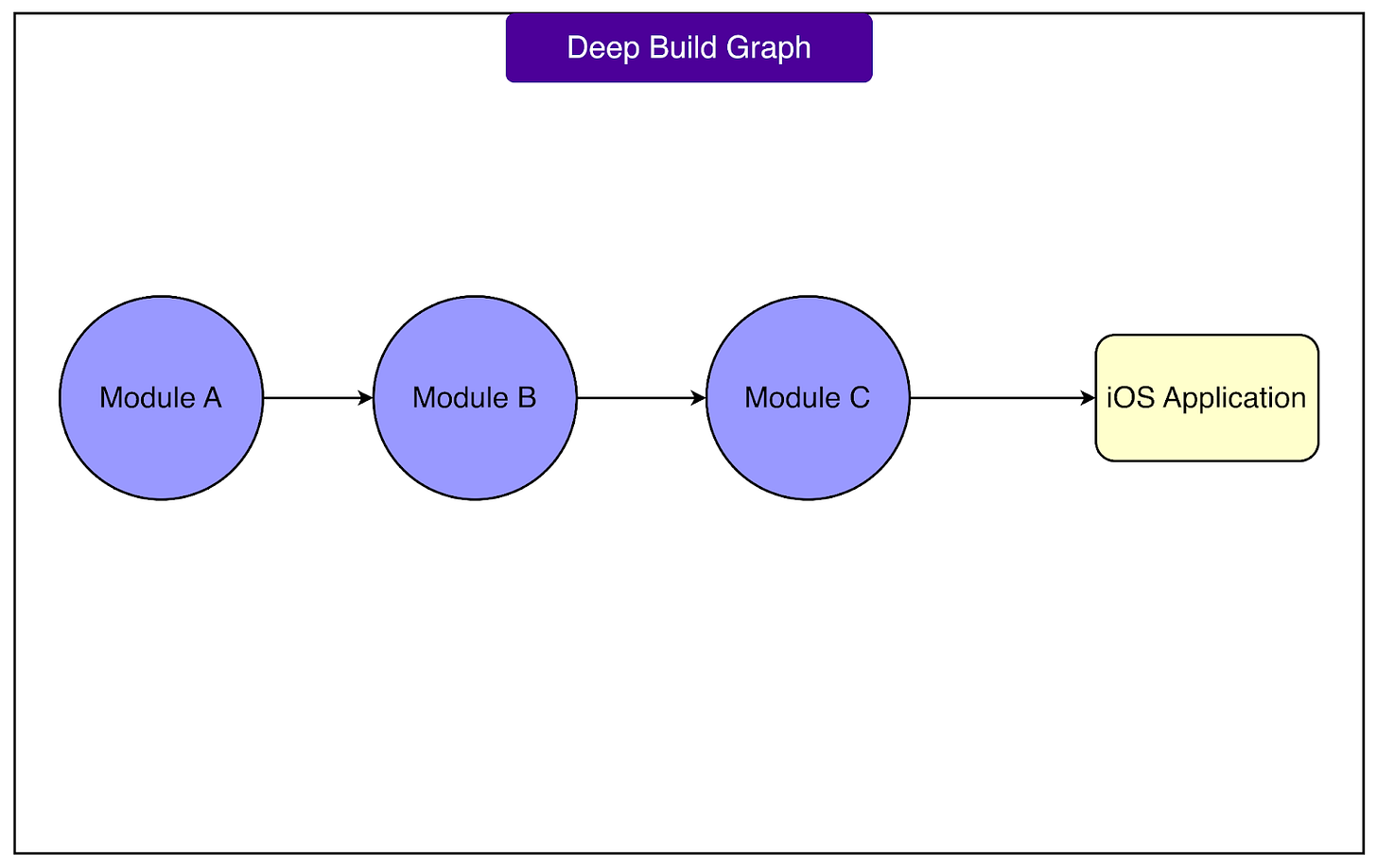
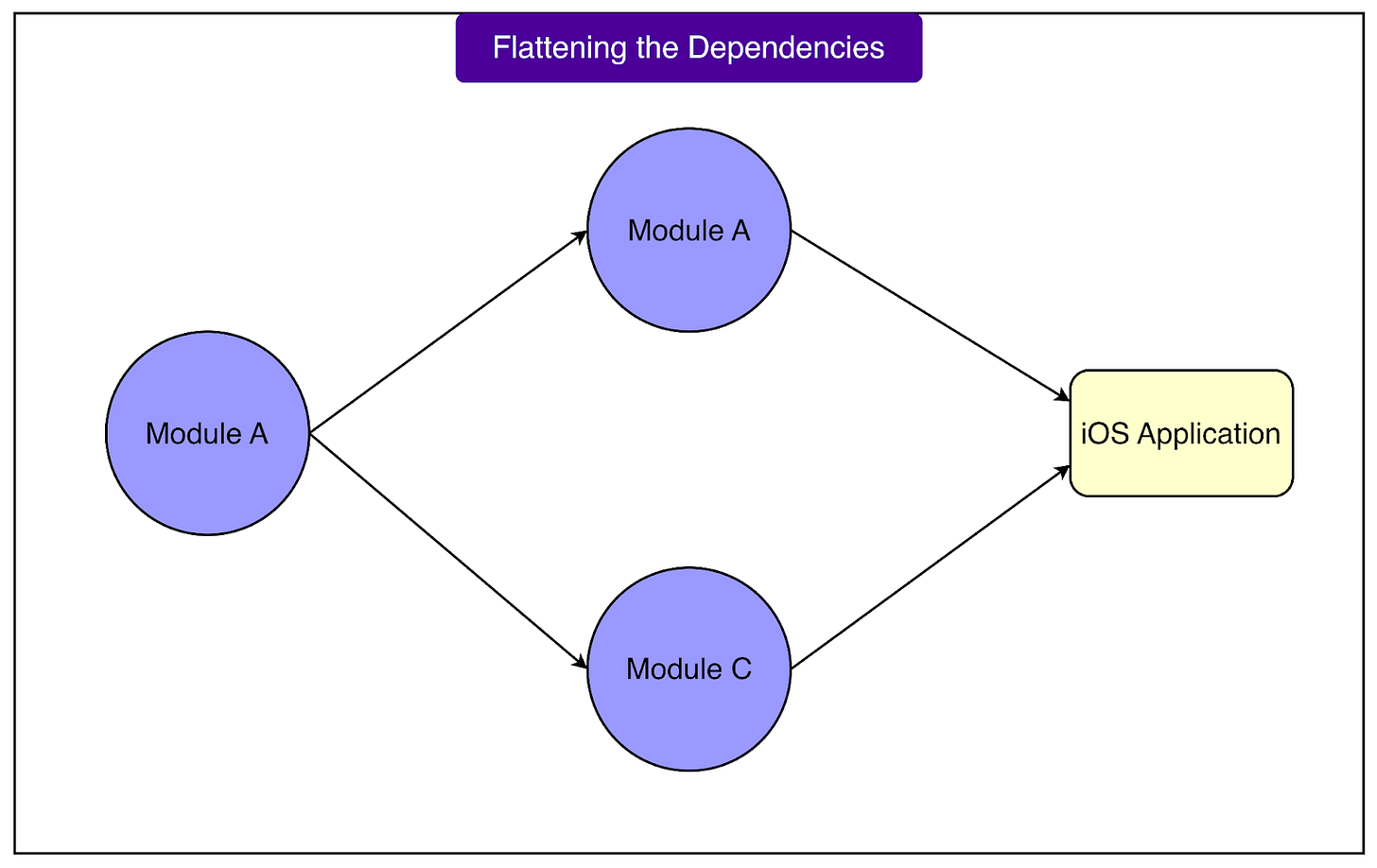
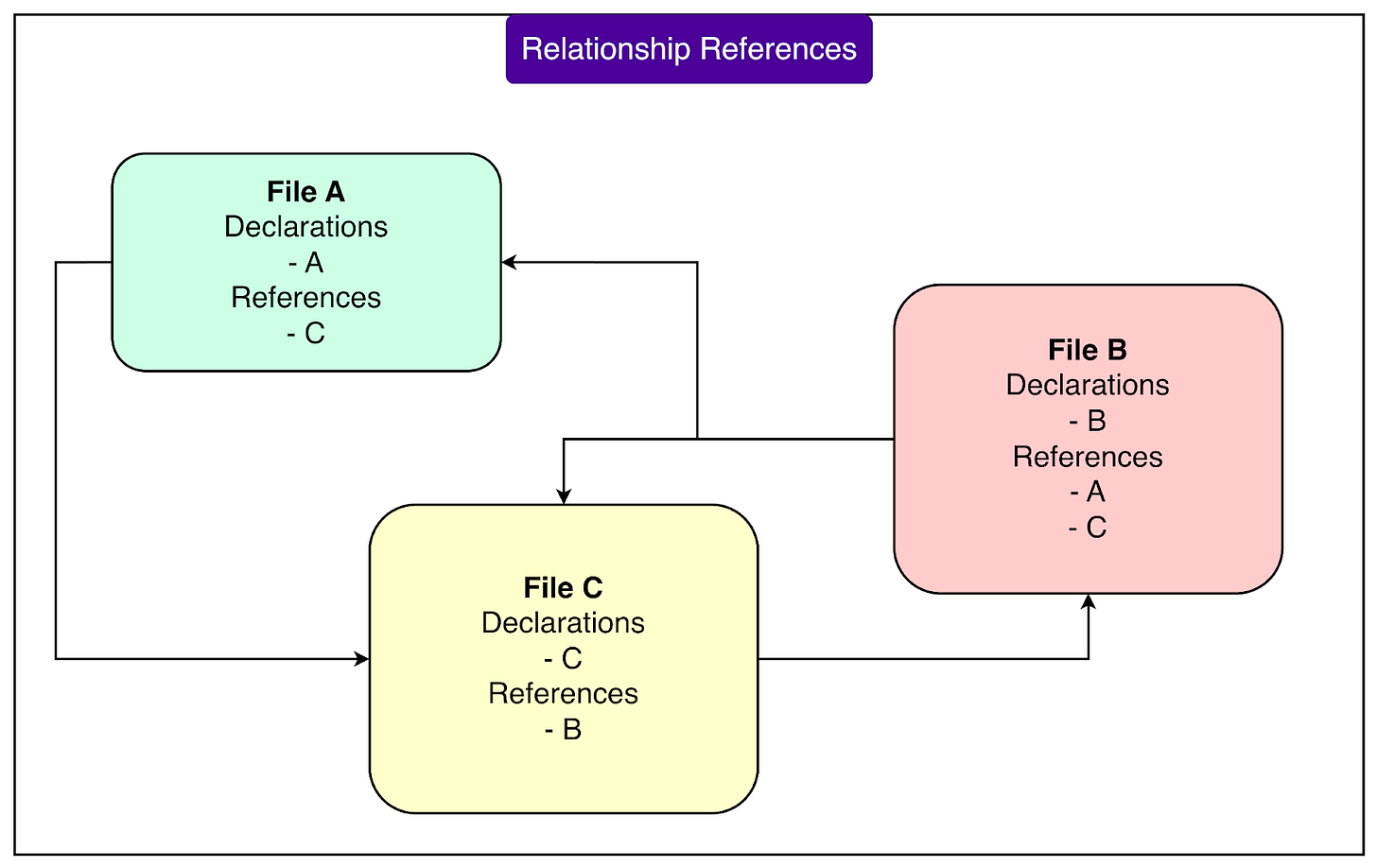
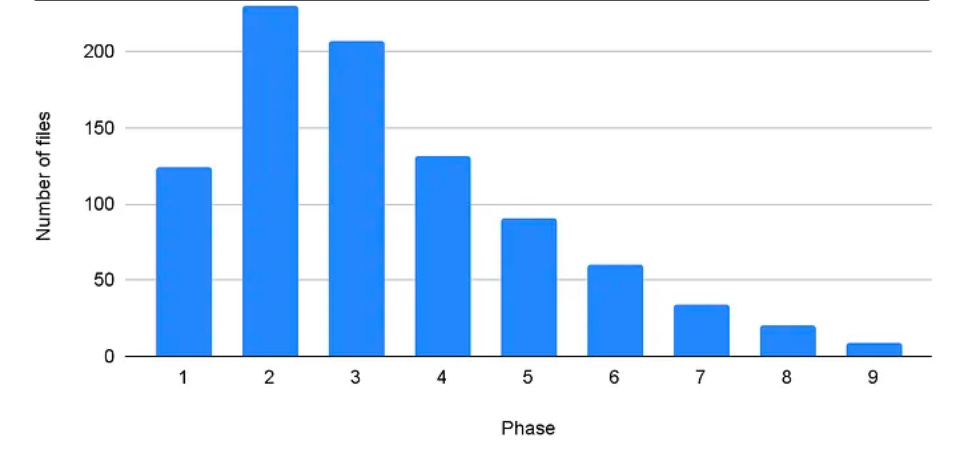
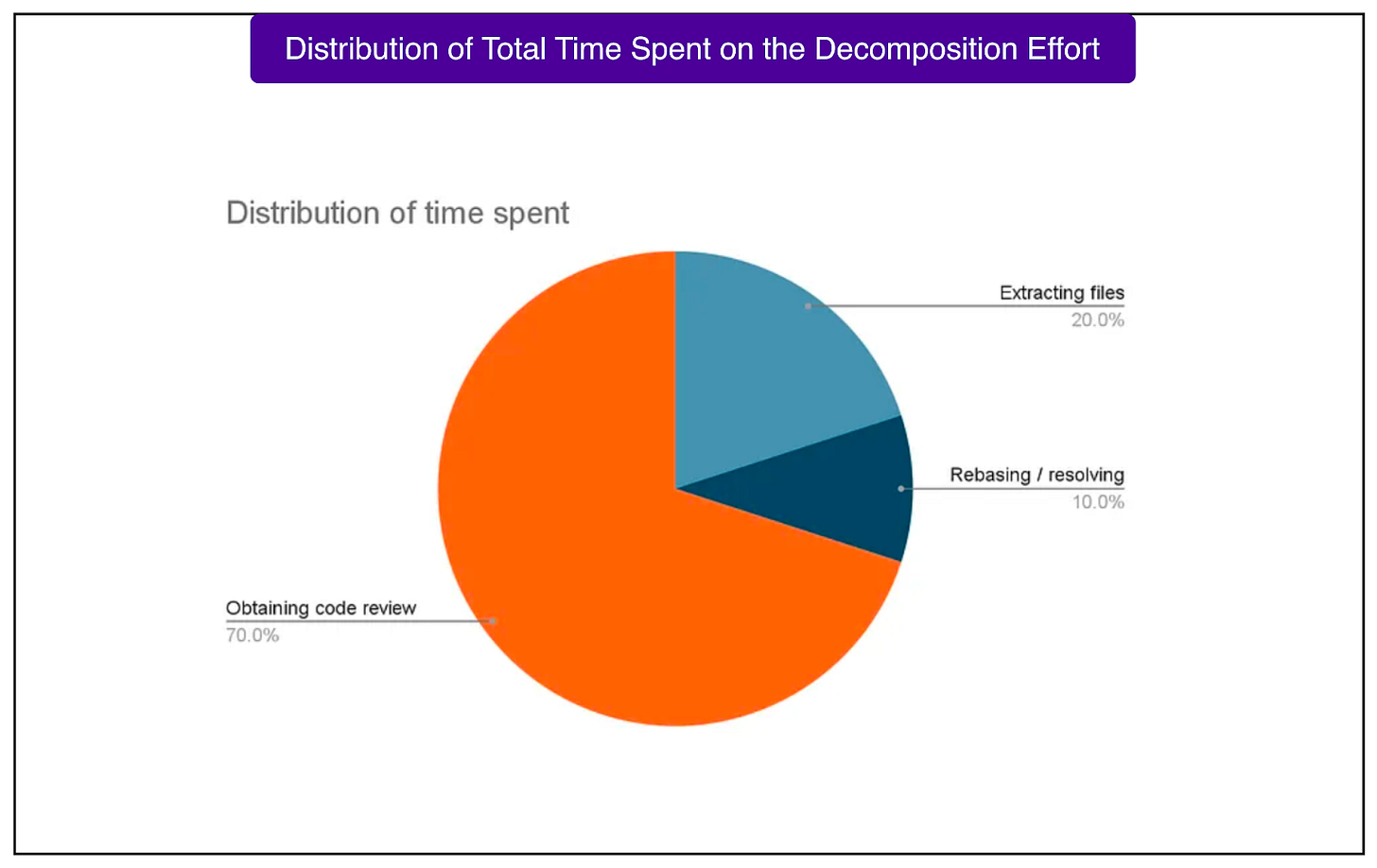
Can you show an example of how to automate the process of moving files?
I’m not surprised by "modularization good" – I'm more intrigued by how Tinder had to be so disciplined to do it without it becoming a 2-year yak shave. Most organizations say they want to break-up the monolith, but allow people to continue adding new code to the old target; I think the real killer is the policy change at the end: no new files can go into the monolith.
I liked the idea of using compilers to drive modularity, but I need to point out that most teams are not mature enough with their build toolchains to trust automation on this level at scale. Many of the mobile repositories I see have unreliable CI for main, never mind deterministic, replayable transforms across thousands of files. While "Six Months vs Twelve Years" is great marketing, the reality is there was a ton of boring pre-work done before this could happen: standards around Dependency Injection (DI), boundaries, access controls, and an engineering culture that would tolerate large-scale refactorings in their branch environments all had to be established.
As a follow-up, I'd rather hear less about "this is how we did the high-level plan", and more about "this is what really broke": where the graph failed to accurately represent dependencies, where the access-control changes caused new problems, how they managed teams that refused to abandon their quick fixes, etc. Still, this is probably one of the few monolith breakup stories that appears to be a real, replicable process and not simply "we just slowly rewrote everything over 5 years," which makes it incredibly valuable.